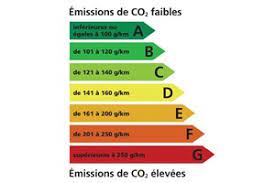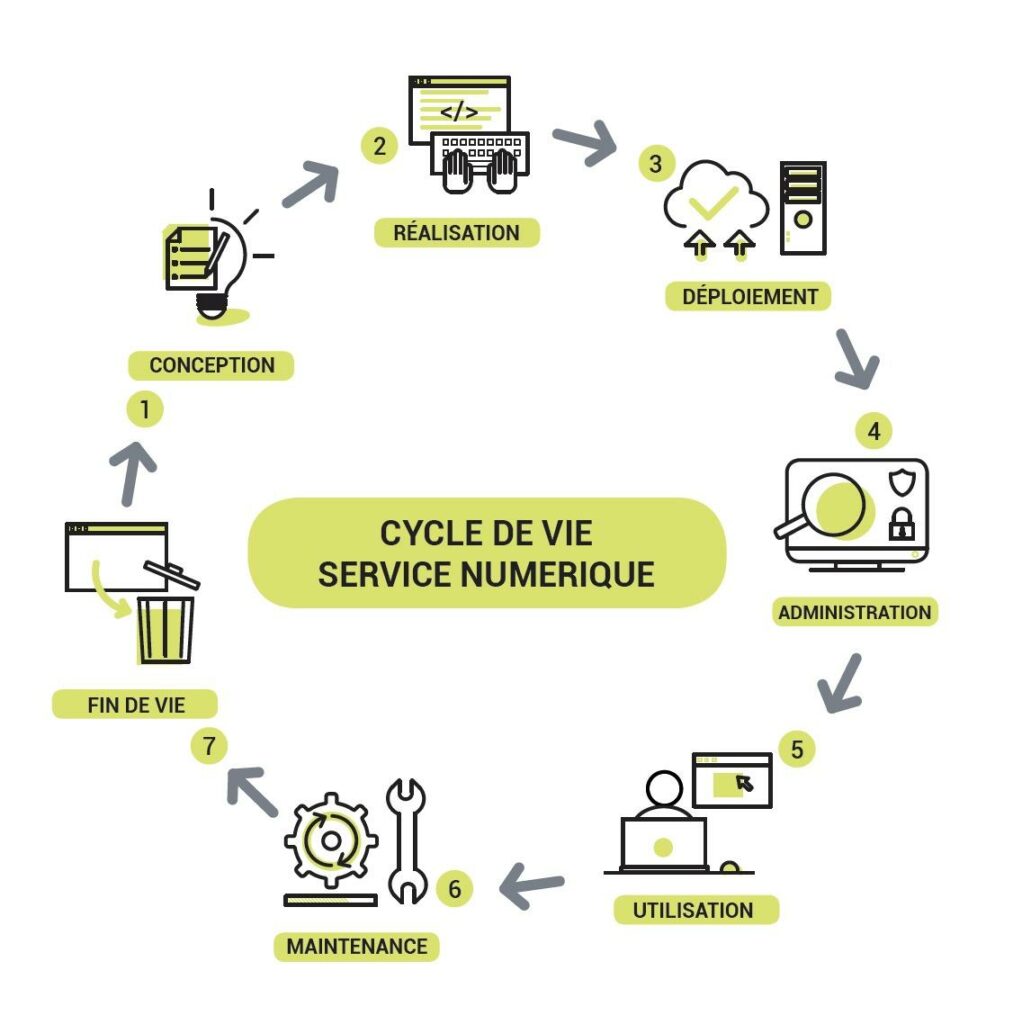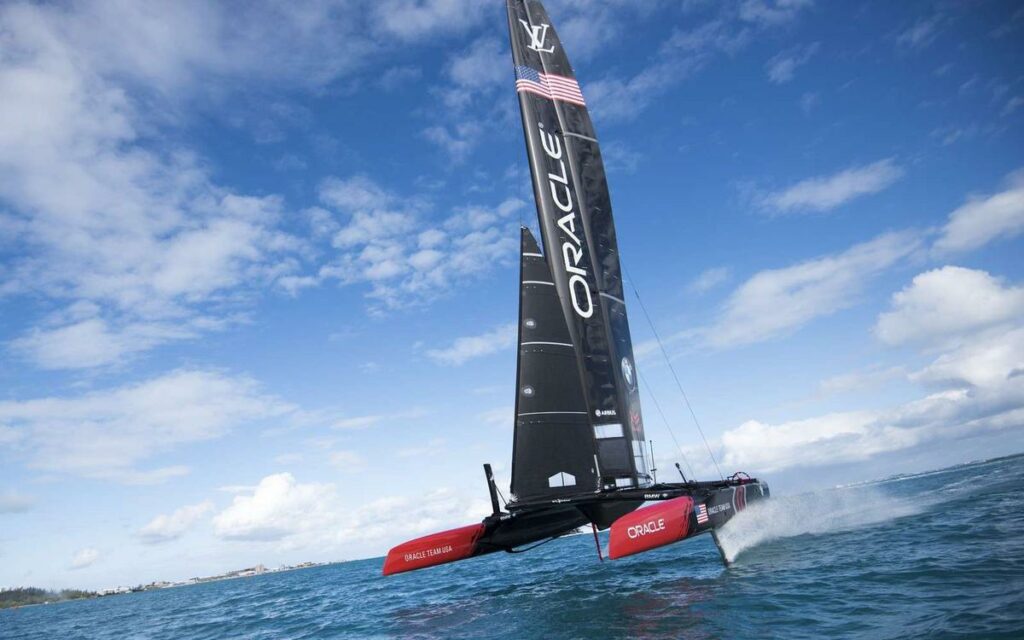The IT infrastructure (Information Technology) is the digital ecosystem of your organization, large group, ETI, SME... It is made up of several heterogeneous components that interact in order to operate the different IT environments of the company and ensure a quality of service of the IS (information systems) oriented towards customers, internal users, partners, prospects. Driven by the digital transition and the digitization of business processes, theIT infrastructure plays a determining role.
A vector of performance and agility for the organization, it must also be aligned with new eco-responsible uses guided by the objectives of IT frugality in a more circular economy. After identifying the different building blocks of an IT infrastructure, we will determine the areas on which you can act to extend its lifespan while guaranteeing its efficiency.
What are the components of an IT infrastructure?
Presented as a whole, theIT infrastructure is however made up of several interdependent elements. Its main components are hardware and software. But limiting ourselves to this distinction would only give a partial view of the infrastructures deployed in companies and the services they offer.
The material equipment
This generic category includes servers, terminals such as desktop and laptop computers, tablets, smartphones..., and external devices such as multifunction printers, scanners...
Software equipment
The software architecture of an enterprise is built around operating systems installed on servers and connected terminals. The software part also includes all the office and business applications installed on the computer terminals. The software (OS and business applications) establishes the connections to the available resources and peripherals.
Network equipment
L'IT infrastructure Network equipment also includes the network equipment that ensures the wired and wireless connectivity of infrastructure equipment, servers, client workstations, printing and storage peripherals, etc. They guarantee access to resources and data in the best conditions of security and speed. Network equipment includes intelligent switches (network core, distribution, access), wifi terminals, IP telephony equipment, routers.
Safety equipment
Security combines hardware and software to secure all components of your infrastructure. The security system includes an appliance, a box equipped with software to protect information systems against cyber attacks, and software such as VPN, Proxy, VLan, anti-virus, anti-spam, authentication system... Backup equipment is part of the security domain, as it allows to restore data altered following an attack.
Data storage equipment
The volume of data generated or passing through the enterprise is constantly growing, and its exploitation is essential to the performance of the enterprise. To guarantee the availability of data and the continuity of information flows within organizations, companies deploy specific storage infrastructures, composed of high-performance connected hardware solutions and administration software solutions that guarantee the security of records, the speed of access and their availability 24/7.
The different types of infrastructure
The development of new information technologies and uses is contributing to the evolution of infrastructures. Alongside traditional architectures based on local infrastructures, virtual infrastructures are developing in the cloud, based on IaaS (Infrastructure As a Service) and PaaS (Platform As a Service) technologies, and hybrid infrastructures. The latter allow IT departments to distribute their services and resource management over both environments (on demand and on premise).
Extend the life of your IT infrastructure with used on premise licenses
IT Departments must manage their IT infrastructures while taking into account performance and security constraints, as well as the business requirements of users. They must also ensure the sustainability of their investments by extending the lifespan of their hardware and software equipment. The choice of the type IT infrastructure is crucial.
While a full cloud solution makes you totally dependent on the policy of the editors, hybrid and traditional solutions allow you to keep control of your IT infrastructure. You can simply optimize your software assets through a Software Asset Management strategy, and keep control of the life cycle of your software licenses and update frequencies according to your employees' needs. By limiting the rate of updates imposed by software publishers, you mechanically extend the lifespan of your IT equipment.
The Softcorner marketplace, n°1 on the used software market, is the ideal tool to extend the life of your infrastructure. Thanks to this intuitive and ergonomic platform, you can buy cheaper used licenses that cover the functional needs of your users and respect your hardware configurations. This marketplace allows you to decommission your unused software licenses for sell on the secondary market of the used license and thus finance your other IT projects.







